Products
Cellulose is a natural organic polymer produced by plants through photosynthesis and is one of the main components of plant cell walls. It is the most abundant biomass resource on Earth, with renewable, biodegradable and environmentally friendly properties. Cellulose's unique chemical, physical and biological properties make it an important player in many industries and fields. Cellulose consists of glucose units connected by a β-1, 4-glucoside bond to form a linear polymer chain. Its molecular weight can reach hundreds of thousands to millions, with high crystallinity and strong toughness. The chain structure of natural cellulose makes it have good mechanical properties and chemical stability. Cellulose is a white or light yellow solid, usually in powder, fiber, or particle form. It is insoluble in water and most organic solvents, but can absorb a lot of water, thus showing good moisturizing properties. It has a high melting point and good thermal stability.
Although the chemical stability of cellulose is high, its molecular chain contains multiple hydroxyl groups, which allows it to generate various derivatives through chemical modification (such as esterification, etherification, etc.). Common cellulose derivatives include methyl cellulose, carboxymethyl cellulose, and cellulose acetate, which exhibit different solubility and functional properties in specific environments. Cellulose and its derivatives are widely used in the food industry as thickeners, stabilizers and emulsifiers. Its low calorie and high fiber content characteristics not only improve the texture of food, but also enhance the health value of food, such as low-calorie beverages, ice cream and dairy products. Cellulose plays a key role in pharmaceutical preparations. It acts as a binder and disintegrator in tablet manufacturing, helping drugs to be quickly broken down and absorbed in the body. In addition, cellulose derivatives such as hydroxypropyl methylcellulose (HPMC) are also used as ingredients in capsule shells and sustained-release drugs. In the cosmetics industry, cellulose is widely used as a thickener and stabilizer in creams, shampoos, lotions and other products. Its natural ingredients and gentle properties make it ideal for sensitive skin. Cellulose is the main raw material in the paper industry and provides good strength and smoothness to paper. In the textile industry, man-made cellulose fibers (such as viscose fibers and acetate fibers) are widely used in clothing manufacturing because of their good air permeability and comfort. As an environmentally friendly material, cellulose has great potential in biodegradable plastics, green packaging, biofuels and other fields. New materials such as nanocellulose and cellulose membranes also show broad prospects in electronic devices, biomedicine and high-performance composite materials. As a core material for sustainable development, cellulose will be widely used in more innovative fields in the future. With its advantages of environmental protection, safety and versatility, cellulose will play an increasingly important role in modern industry, contributing to the development of the global green economy and circular economy.
-
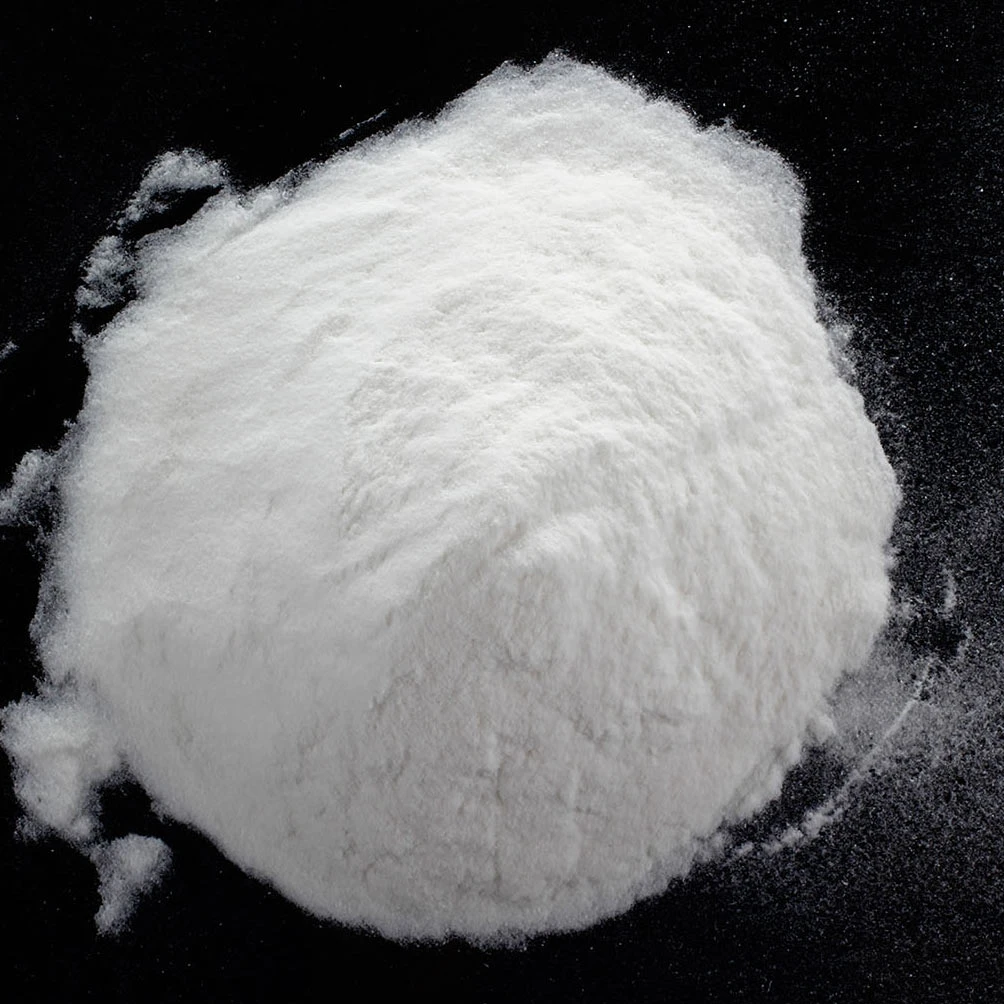
Polyanionic cellulose is a water-soluble cellulose ether derivative obtained by chemically modifying natural cellulose. It is an important water-soluble cellulose ether, usually in the form of its sodium salt, and is widely used in oil drilling, especially in salt water wells and offshore oil drilling.
It is a white to light yellow powder or particle, odorless, non-toxic, hygroscopic, easily soluble in cold and hot water.
-

Cross-linked sodium carboxymethyl cellulose is a chemically modified cellulose derivative, mainly used in the pharmaceutical industry as a super disintegrant for tablets and capsules.
-
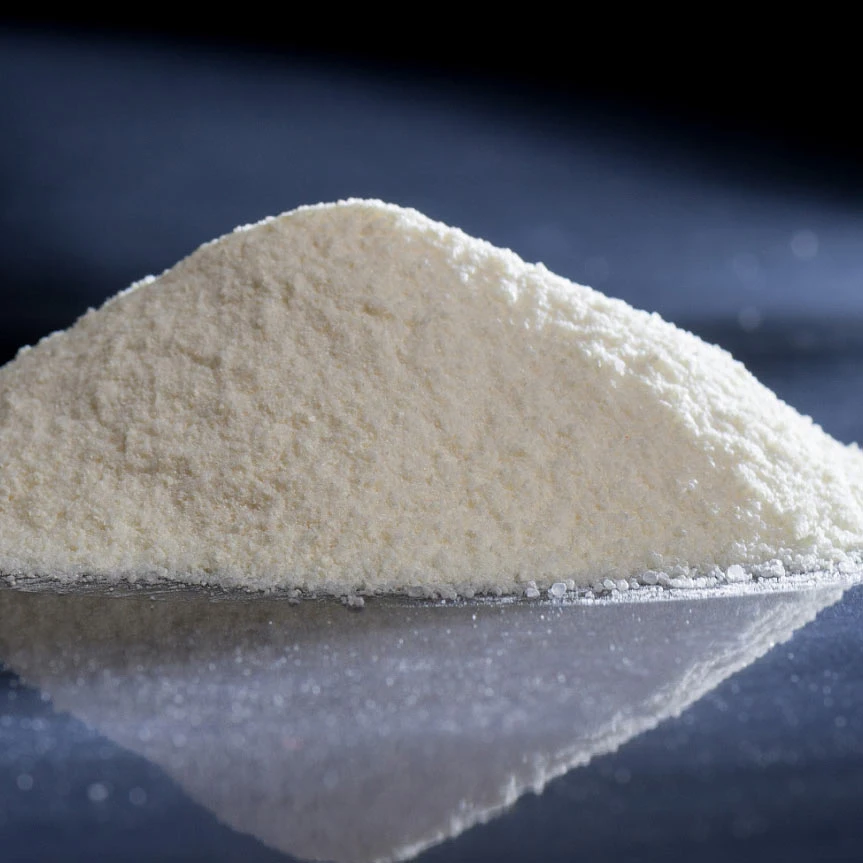
Microcrystalline cellulose is a pharmaceutical excipient specially made for tablet production. The product is a highly porous particle, very easy to deform, with a large drug holding capacity, good dry adhesion and disintegration properties, and can be pressed into very hard tablets.
-

Methyl cellulose is a water-soluble polymer derived from natural cellulose, with excellent thickening, film-forming, suspension and emulsifying properties. It is widely used in the pharmaceutical, food, cosmetics, building materials, coatings and agricultural industries.
-
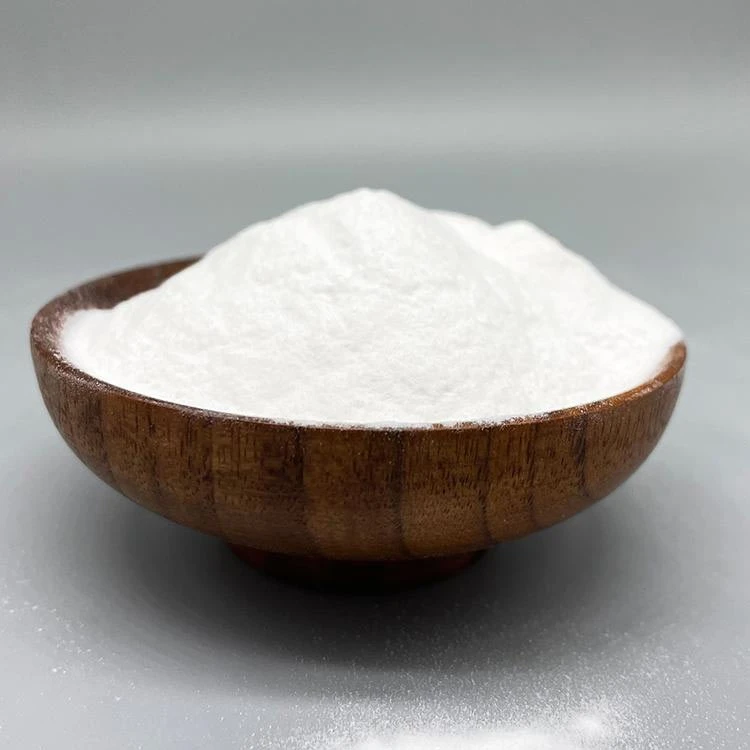
Low-substituted hydroxypropyl cellulose is a pharmaceutical auxiliary material specially made for tablet production. This product is made of alkali cellulose as raw material through propylene oxide etherification.
-
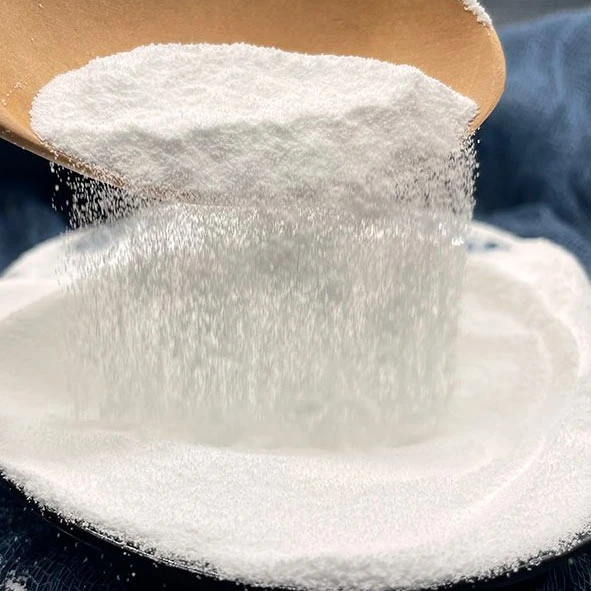
HPMCP is an enteric film coating material with excellent performance. It is mainly used as enteric coating material and sustained-release skeleton material for tablets and granules, microcapsule matrix, and other equipment. Its release rate is related to pH value.
-
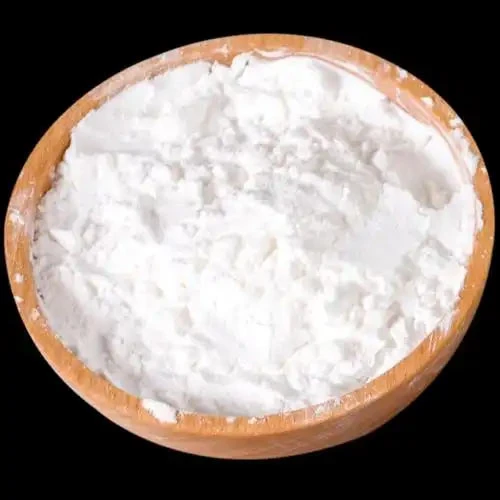
Hydroxypropyl Methylcellulose Acetate Succinate (HPMCAS) is a semi-synthetic polymer derived from cellulose, widely used in pharmaceutical formulations due to its unique properties.
-
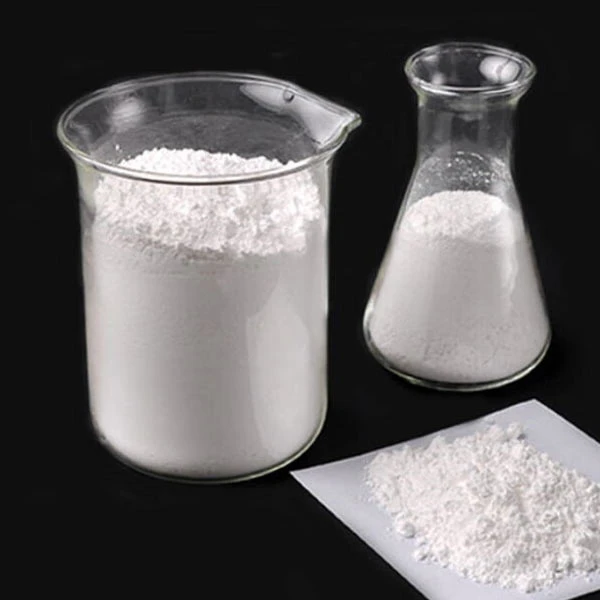
HPMC is a very important ingredient in the pharmaceutical field when used as a pharmaceutical excipient for the manufacture of hollow capsules.
-
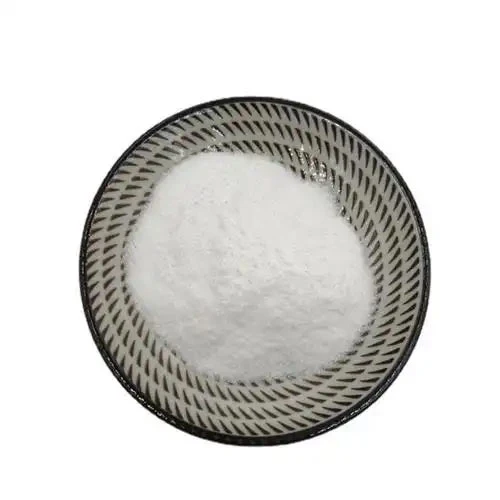
Highly substituted hydroxypropyl cellulose is a modified cellulose obtained by introducing hydroxypropyl groups into the cellulose molecular chain. It has good water solubility and thermoplasticity, and is widely used in different application fields.
-

Ethylcellulose (EC) is a cellulose derivative that is insoluble in water but soluble in organic solvents.It is commonly used in pharmaceuticals as a binder for tablets and granules, increasing tablet hardness and reducing brittleness.
-

Ethylcellulose is a nonionic, water-insoluble cellulose ether that is often used in applications where water resistance or controlled release is required. However, it is difficult to disperse it directly in water due to its hydrophobicity. To overcome this challenge and take advantage of the excellent properties of ethylcellulose, aqueous ethylcellulose dispersions were developed.
-

Hydroxypropyl methylcellulose (HPMC) CAS 9004-65-3 is a kind of high-performance multifunctional thickener and stabilizer, which is widely used in many fields such as construction, medicine, food and daily chemical.
How Many PSI Should Oil Pressure Be?
Hydroxypropyl Methylcellulose (HPMC) is a versatile compound widely used in various industries, including pharmaceuticals, food, and construction. Its unique properties, such as water solubility, film-forming ability, and thickening characteristics, make it an essential ingredient in many formulations. However, when discussing HPMC, one might wonder how it relates to automotive mechanics, particularly oil pressure. This article will explore the significance of oil pressure in vehicles and answer the question: How many PSI should oil pressure be?
The Importance of Oil Pressure in Vehicles
Oil pressure is a critical aspect of any vehicle's engine performance. It ensures that the engine components are adequately lubricated, reducing friction and wear. Proper oil pressure is vital for maintaining engine health, enhancing performance, and prolonging the lifespan of the vehicle. Insufficient oil pressure can lead to severe engine damage, while excessive pressure can indicate underlying issues that need to be addressed.
What is Oil Pressure?
Oil pressure is measured in pounds per square inch (PSI) and indicates the force exerted by the oil circulating through the engine. The oil pump is responsible for generating this pressure, which pushes oil through the engine's various components, including bearings, pistons, and camshafts. The oil not only lubricates these parts but also helps to cool the engine and remove contaminants.
How Many PSI Should Oil Pressure Be?
The ideal oil pressure for most vehicles typically ranges between 25 to 65 PSI when the engine is at operating temperature. However, this can vary based on several factors, including the type of engine, the viscosity of the oil used, and the engine's design.
1. Cold Start vs. Operating Temperature: When starting a cold engine, oil pressure can be significantly higher, often exceeding 80 PSI. This is normal as the oil is thicker and takes time to circulate. As the engine warms up, the oil thins, and the pressure should stabilize within the normal range.
2. Engine Type: Different engines have different specifications. For instance, high-performance engines may require higher oil pressure to ensure adequate lubrication under extreme conditions. Conversely, older engines may operate efficiently at lower pressures.
3. Oil Viscosity: The type of oil used also plays a crucial role in determining oil pressure. Thicker oils (higher viscosity) can create higher pressure, while thinner oils (lower viscosity) may result in lower pressure readings. It’s essential to use the oil grade recommended by the vehicle manufacturer to maintain optimal performance.
4. Engine Condition: An engine in good condition will typically maintain oil pressure within the recommended range. However, worn bearings, damaged oil pumps, or clogged oil passages can lead to fluctuations in oil pressure. Regular maintenance and oil changes are crucial to prevent these issues.
In summary, while HPMC is a significant compound in various industries, understanding oil pressure is essential for vehicle maintenance and performance. The ideal oil pressure for most engines ranges from 25 to 65 PSI at operating temperature, but this can vary based on engine type, oil viscosity, and overall engine condition. Regular monitoring of oil pressure and adhering to manufacturer recommendations can help ensure your engine runs smoothly and efficiently, ultimately extending its lifespan. Always consult your vehicle’s manual for specific oil pressure guidelines and maintenance tips to keep your engine in top shape.
What Is Cellulose In Food?
Cellulose is a complex carbohydrate, a type of polysaccharide, that plays a crucial role in the structure of plant cell walls. It is a major component of dietary fiber, which is essential for maintaining a healthy digestive system. Understanding cellulose in food is vital for anyone interested in nutrition, health, and the role of fiber in our diets.
Cellulose is composed of long chains of glucose molecules linked together by beta-1,4-glycosidic bonds. Unlike starch, which is also a carbohydrate but can be broken down by human digestive enzymes, cellulose is indigestible by humans. This indigestibility is what makes cellulose a key player in the realm of dietary fiber. While humans lack the necessary enzymes to break down cellulose, certain bacteria and microorganisms in the gut can ferment it, producing short-chain fatty acids that are beneficial for gut health.
In the context of food, cellulose is found in a variety of plant-based sources. Fruits, vegetables, whole grains, legumes, and nuts are all rich in cellulose. For instance, the skins of fruits and vegetables, such as apples and carrots, contain significant amounts of cellulose. Whole grains, like oats and brown rice, also contribute to cellulose intake. These foods not only provide cellulose but also offer a wealth of vitamins, minerals, and other essential nutrients.
The health benefits of cellulose are numerous. As a form of dietary fiber, cellulose aids in digestion by adding bulk to the stool, which helps to prevent constipation and promotes regular bowel movements. A diet high in cellulose can also help to lower cholesterol levels, regulate blood sugar, and support weight management by promoting a feeling of fullness. Additionally, the fermentation of cellulose in the gut produces beneficial short-chain fatty acids, which can improve gut health and may even reduce the risk of certain diseases, including colorectal cancer.
In recent years, there has been a growing interest in the role of cellulose in food processing and product formulation. Food manufacturers often use cellulose as a thickening agent, stabilizer, or emulsifier in various products. For example, cellulose derivatives, such as carboxymethyl cellulose (CMC) and microcrystalline cellulose, are commonly found in processed foods, dairy products, and even gluten-free products. These additives can enhance texture, improve moisture retention, and extend shelf life, making them valuable in the food industry.
However, it is essential to strike a balance when it comes to cellulose consumption. While it is beneficial to include cellulose-rich foods in your diet, excessive intake of processed foods containing cellulose additives may not provide the same health benefits as whole food sources. Whole foods offer a complex matrix of nutrients that work synergistically to promote health, whereas isolated cellulose may lack these additional benefits.
In conclusion, cellulose is a vital component of our diet, primarily found in plant-based foods. It serves as an essential source of dietary fiber, contributing to digestive health and offering various other health benefits. By incorporating a variety of fruits, vegetables, whole grains, and legumes into our meals, we can ensure adequate cellulose intake and support our overall well-being. Understanding the role of cellulose in food not only enhances our knowledge of nutrition but also empowers us to make informed dietary choices that promote a healthy lifestyle.

